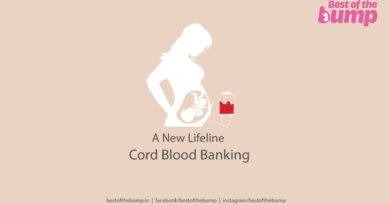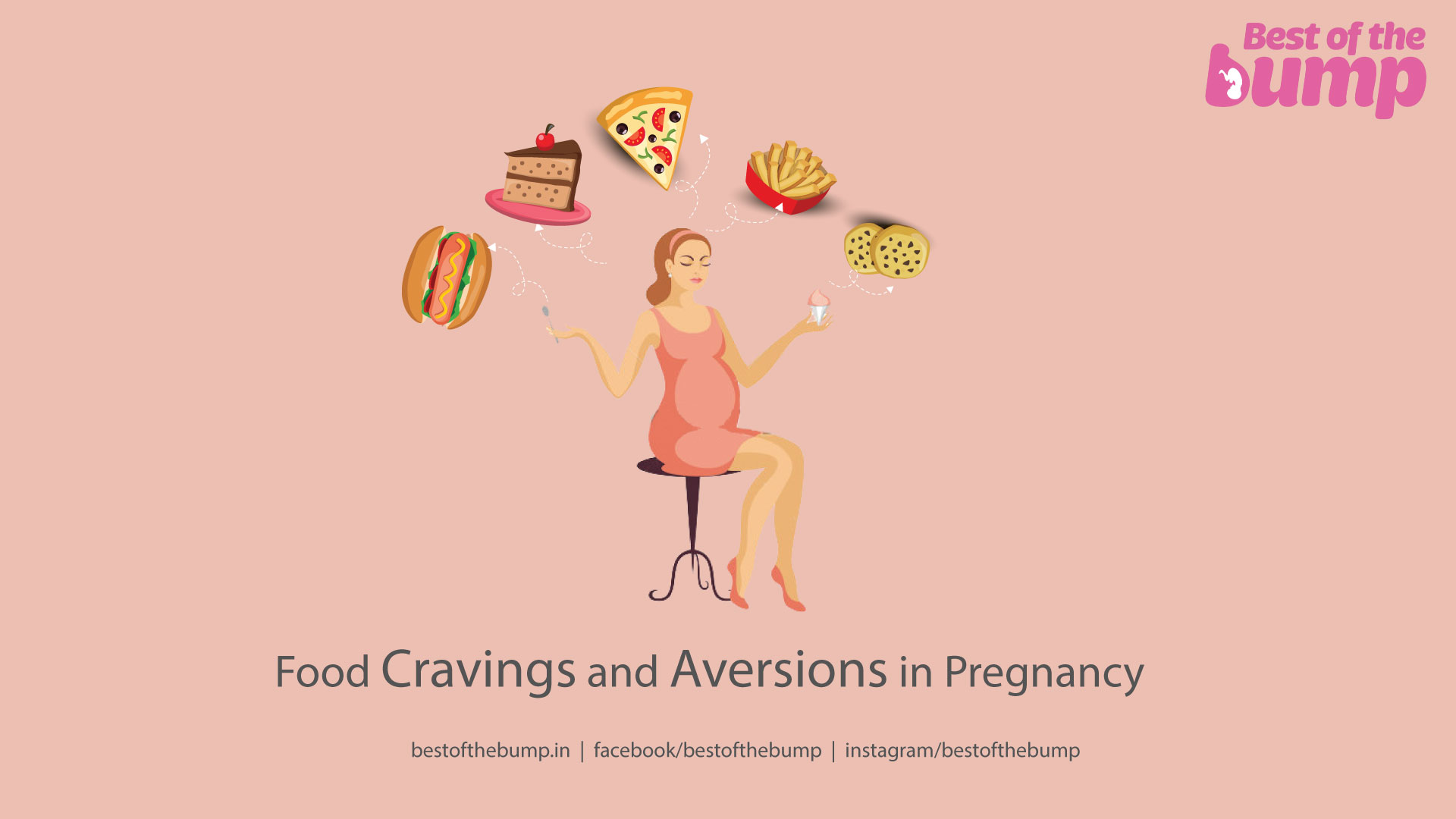Best sleeping positions in Pregnancy to avoid miscarriage
Ensure a comfortable and healthy pregnancy with the right sleeping position. Discover the best sleeping positions during pregnancy for optimal rest and fetal well-being.
Pregnancy is a miraculous journey that comes with its share of joys and concerns. One of the most common worries for expectant mothers is the fear of miscarriage. Miscarriages, while often occurring during the early stages of pregnancy, can happen for various reasons, many of which are beyond a woman’s control.
It is important to note that no guaranteed sleeping position can prevent a miscarriage. However, there are recommended sleeping positions and habits that can contribute to a healthy pregnancy and may reduce the risk of complications. In this comprehensive guide, we’ll explore these sleeping positions, the factors influencing pregnancy, and the steps you can take to promote a safe and healthy gestation.
Understanding Miscarriage
A miscarriage is defined as the spontaneous loss of a pregnancy before the 20th week of gestation. While it is a devastating experience for many, it is essential to recognize that miscarriages are relatively common. Studies estimate that about 10-15% of known pregnancies end in miscarriage. Most miscarriages occur during the first trimester and are often due to chromosomal abnormalities in the developing fetus.
Factors Contributing to Miscarriage
Several factors can contribute to a miscarriage, including genetics, maternal age, underlying health conditions, and lifestyle choices. While the mother’s sleeping position is not a direct cause of miscarriage, it is important to maintain good sleep hygiene and consider sleeping positions that can help with overall comfort and well-being during pregnancy.
Recommended Sleeping Positions in Pregnancy
Left Side Sleeping
One of the most commonly recommended sleeping positions during pregnancy is to sleep on your left side. This position helps improve blood flow to the uterus, placenta, and fetus. It also helps the kidneys eliminate waste and fluids more efficiently.
Semi-Fetal Position
Another comfortable position is to sleep in a semi-fetal position with your knees bent. This can help alleviate pressure on the back and improve circulation.
Body Pillow Support
Using a body pillow to support your body while sleeping can be beneficial. It helps with proper alignment and minimizes the risk of rolling onto your back during sleep.
Pillows for Comfort
Placing a pillow under your abdomen can help reduce strain on the lower back. A pillow between your legs can also be used to provide comfort and support.
Avoid Sleeping on Your Back
While some healthcare providers recommend sleeping on your back during the early stages of pregnancy, it’s best to avoid this position as your pregnancy progresses. Sleeping on your back can cause the weight of the uterus to press on major blood vessels, potentially reducing blood flow to the fetus.
The Importance of Good Sleep Hygiene
In addition to considering your sleeping position, good sleep hygiene is crucial for a healthy pregnancy. Here are some tips to improve your sleep quality during pregnancy:
Establish a Routine: Try to go to bed and wake up at the same time every day. This helps regulate your body’s internal clock.
Create a Comfortable Sleep Environment: Make sure your bedroom is conducive to sleep. This includes a comfortable mattress, appropriate room temperature, and minimal light and noise.
Limit Caffeine: Reducing caffeine intake, especially in the afternoon and evening, can help you fall asleep more easily.
Stay Active: Regular, moderate exercise can promote better sleep. Consult your healthcare provider for exercise recommendations during pregnancy.
Manage Stress: Practice relaxation techniques such as deep breathing, meditation, or prenatal yoga to reduce stress and promote better sleep.
Stay Hydrated: While it’s essential to stay hydrated during pregnancy, try to limit fluid intake close to bedtime to minimize nighttime awakenings for bathroom trips.
Consult with Your Healthcare Provider
Every pregnancy is unique, and what works for one woman may not work for another. It is crucial to consult with your healthcare provider for personalized advice on sleeping positions and overall pregnancy health. They can consider your circumstances, any pregnancy complications, and your medical history when providing guidance.
Some general guidelines and positions to avoid during the first trimester
During pregnancy, especially in the first trimester, it is important to be mindful of your sleeping position to ensure the safety and comfort of both you and your developing baby. While there is no one-size-fits-all rule for the best sleeping position, here are some general guidelines and positions to avoid during the first trimester:
Supine Position (Sleeping on Your Back)
It’s generally recommended to avoid sleeping on your back, especially as your pregnancy progresses. Sleeping on your back can exert pressure on major blood vessels that supply blood to your uterus and the baby, potentially leading to decreased blood flow and oxygen to the fetus.
Stomach Sleeping
As your belly grows, sleeping on your stomach becomes increasingly uncomfortable and impractical. It can also exert pressure on your uterus and the growing baby.
Twisting or Turning in Bed
Sudden or sharp movements that twist or turn your body can strain your abdominal muscles and potentially cause discomfort or harm to the fetus.
Sleeping in a Position that Causes Discomfort
Listen to your body. If you experience discomfort or pain in a particular sleeping position, it’s best to adjust your posture.
Recommended positions during the first trimester
Consider these positions during the first trimester:
Left Side Position
Sleeping on your left side is often recommended. This position promotes better blood circulation and oxygen flow to both you and the baby. You can place a pillow between your legs or under your belly for added comfort and support.
Semi-Prone Position
If sleeping on your left side becomes uncomfortable, you can try a semi-prone position. This involves bending your knees and placing a pillow under your upper leg. This position offers some of the benefits of side sleeping while allowing you to relax a bit more.
Propped-Up Position
If you experience acid reflux or heartburn during pregnancy, elevating your upper body with pillows can help alleviate these symptoms.
Body Pillow
Investing in a pregnancy body pillow can support your back, belly, and legs, making it easier to find a comfortable sleeping position.
Remember that it’s crucial to prioritize your comfort and sleep quality while also considering your baby’s well-being. If you have concerns about your sleeping position or other aspects of your pregnancy, it’s always best to consult with your healthcare provider, as they can provide personalized guidance based on your unique circumstances.
While there is no surefire sleeping position to prevent miscarriage, choosing the right sleeping positions and practicing good sleep hygiene can contribute to a healthier and more comfortable pregnancy. Remember that staying informed and seeking regular prenatal care is essential. By following your healthcare provider’s guidance, maintaining a healthy lifestyle, and prioritizing your well-being, you can maximize your chances of having a successful and uneventful pregnancy.





